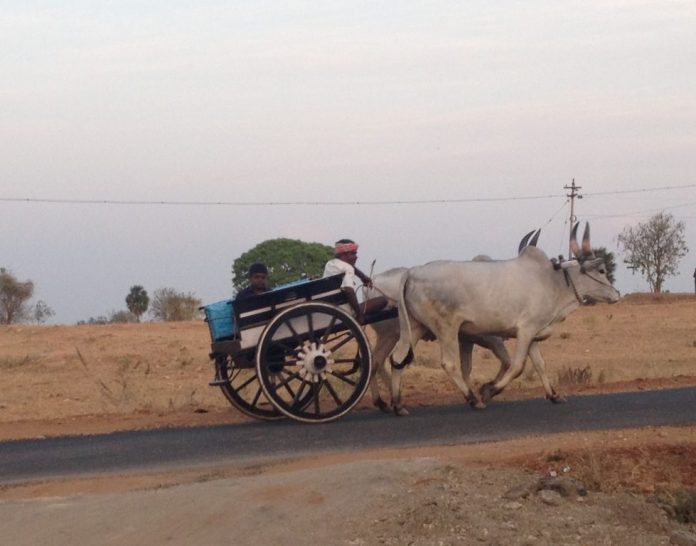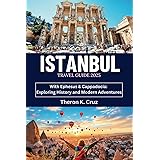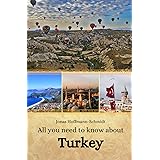My first acquaintance with the Indian continent started in 1995 with a business trip to Pakistan. Especially in the city of Lahore, the huge historical buildings with high walls in the color of tiles and the phrase of the Mughal Empire mentioned in the booklet I saw in the hotel room caused my first inquiries and my impressions of Multan and Sialkot increased my interest in the Indian world during my ongoing business trips. Ultimately, I decided to book my impressions as a result of my business trips to Tamil Nadu region in India and Mumbai (Bombay) on the way back in 2016 and 2017.
Indian is both a world and a continent. It is the inexhaustible source of languages, religions, states and ideas.
The Indian travels (1017-1030) of our first traveler Bîrûnî, which started in 1017, have completed their thousandth year; Tahkiku is published as Malil Hind. The mission to India was published as a book by Babür Shah (1483-1530) as Babürname (1526-28) and by Seydi Ali Reis (1498-1562) as Mirat’ül Memalik (1554).
What the British call Sub-Continent (Sub-Continent) is the Indian continent that the Turks cannot get enough of traveling with Bîrûnî and Seydi Ali Reis, Mirat’ül Memalik is crowned in the sake of Mahal Hatun; With the Taj Mahal, it has been the unique ornament of the Indian continent forever.
The first decades of the 21st century, when we hear the footsteps of the African-Asian century more and more frequently, the common energies of these warm-blooded people who remember the memories of the Old World together starting from the interior of Asia, their contribution to the efforts to create a New World contains endless opportunities. .
Our collective heritage is the Uzbek Turk born in Hive, who started a new era by applying the number zero, which is an Indian invention to mathematical operations, and the one that Harezmî made out of zero, extends to eternity by making ten, hundred, thousand, million; it is a productive and solid basic common denominator that kneads science and belief together.
Unfortunately, we are far and distant to both Turkistan and India, the two main sources in GREAT ASIA that feed us. I gathered the photographs and observations of my two travels to India in order to shorten the distances to a little bit, and by studying our literature, I tried to reach the Indian World.
Observations and photographs of our trip to India in 2016 and 2017 were shared in the Travel Book of India.
Whoever thought about it, they alienated us Turks in a terrible way against their roots. When I visited Lahore, which is located in the north of the Indian continent, in 1995 and Coimbatore, which is located in the south, in 2016-17, I did not know that these cities were heirlooms. The Turkish Empires were alienated from us by being reduced to dynasty names. We alienated our empire in 3 continents as the Ottoman Dynasty and our Empire in the Subcontinent as the Mughal Dynasty.
We did not know that our first traveler was also Bîrûnî. Still, let’s look for the blame in ourselves. Let’s travel to the Turkish lands that surround the world as a generation, and write and leave our relics to future generations.
Hoping to be enlightened by the light of our Sages in the lands of TURKISTAN and INDIA, the inexhaustible spring of our ideas.
India travel to India ‘s observation and evaluation of literature written in India Seyahatnamesi together – Indian Continent book, Indo-European classification and geography of Indochina into India, Turkey, Turkestan is positioning its pillars. The great Asian century is also revived with the dynamism of the Turks and Indians, who made life meaningful by spreading the money.
Just as the achievements of Europe’s mind (thought) were gathered from roads such as South Asia, Southwest Asia and North Africa, similar achievements of the Turks were followed by the shepherd’s fire, followed by the Great Khorasan, which included Northern India, where the tables were taken from Turkestan. Anatolia) and then Southeast Europe (Rumelia). The Tigris, Euphrates, Seyhun, Ceyhun and Indus rivers of the region between the Nile-Yamuna rivers also made this life permanent.
In short; Khorasan, India and Hittite are the main elements of our synthesis in Greater Asia and Asia Minor.
Is not an Indian ocean or a Turkish one? The term ocean, named with Talay, which appeared in the Tonyukuk inscription for the first time, then manifested itself with the Buddhist priest and statesman Dalai Lama, revealing the symbiosis of the Indian and Turkish worlds in the vast and deep oceans.
The book, published as the second book of the Turkish House series, is full of the problem of bringing liveliness to relations and exchanges by giving an impetus to our extremely limited India library, despite such a rich historical background and the legend of the Indian Continent, which has been the homeland of four of the sixteen Turkish States.
In summary; Indian fabric is not invaluable, the seeker will find it, and the Indian is not poor, it contains incredible riches. Let us navigate and travel on the Indian continent, as our ancestors did since Harezmî, Bir venî and Seydi Ali Reis.
WORLD-INDIA TRAVEL TO INDIA
Original thoughts
Our riches of Civilization and Nationality.
Hind. Indology. Indian’erland. Hind-i China
Indo-European or Indo-Turkish?
India in 10 points
26 Maps
100 Photos
Over 200 Resources
Detailed index
2 Travel’s observations
Our India Literature
Who is our First Traveler?
Who is our first Hindologist?
Indian Fabric, Turkish Belt
Gypsies; Did it come from China or India?






















